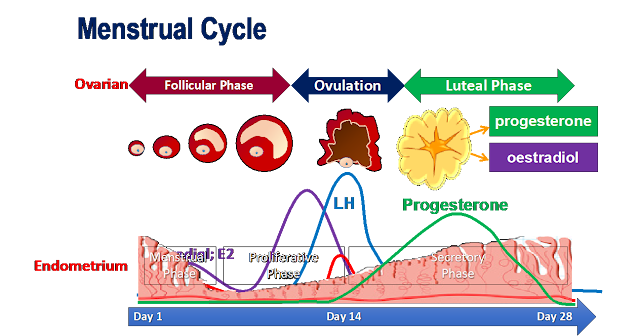INTRODUCTION: A healthy adult has a resting heart rate or pulse of 60 to 80 beats per minute, which is the rate of depolarization of the SA node. It should be noted that, the SA node actually has a slightly faster rate, closer to 100 beats per minute, but is slowed by parasympathetic nerve impulses to what we consider a normal resting rate.
PARAMETERS OF HEART RATE: A rate less than 60, except for athletes, is called bradycardia; a prolonged or consistent rate greater than 100 beats per minute is called tachycardia. A child’s normal heart rate may be as high as 100 beats per minute, that of an infant as high as 120, and that of a near-term fetus as high as 140 beats per minute. These higher rates are not related to age, but rather to size: the smaller the individual, the higher the metabolic rate and the faster the heart rate.
INTERPRETATION OF PULSE RATE: A pulse is the heartbeat that is felt at an arterial site. What is felt is not actually the force exerted by the blood, but the force of ventricular contraction transmitted through the walls of the arteries. This is why pulses are not felt in veins; they are too far from the heart for the force to be detectable. The most commonly used pulse sites are:
Radial; the radial artery on the thumb side of the wrist.
Carotid; the carotid artery lateral to the larynx in the neck.
Temporal; the temporal artery just in front of the ear.
Femoral; the femoral artery at the top of the thigh.
Popliteal; the popliteal artery at the back of the knee.
Dorsalis pedis; the dorsalis pedis artery on the top of the foot, commonly called the pedal pulse.
Pulse rate is, of course, the heart rate. However, if the heart is beating weakly, a radial pulse may be lower than an apical pulse. This is called a pulse deficit and indicates heart disease of some kind.
CONCLUSION: When taking a pulse, the careful observer also notes the rhythm and force of the pulse. Abnormal rhythms may reflect cardiac arrhythmias, and the force of the pulse (strong or weak) is helpful in assessing the general condition of the heart and arteries.
RELATED;


























.jpg)



.jpg)








